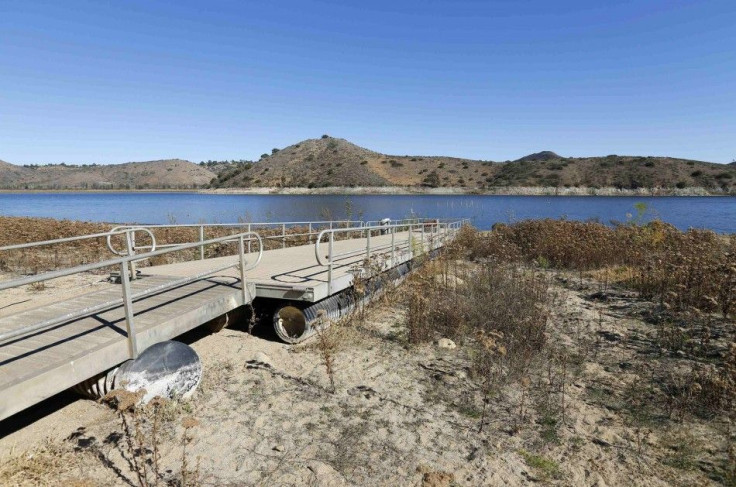Australia to Face 'Water Crisis' Due to Rainfall Shortage and Climate Change

Australia is on the brink of drying out due to carbon emissions. According to latest studies, South Australia is predicted to see a 40 per cent drop in its average annual rainfall drop compared to rainfall data in the middle of the 20th century.
The new model suggests that the drop in average rainfall is largely due to carbon emissions or the greenhouse gases emitted by human activities. Reports said Southern Australia will be facing a water crisis by the end of the century as effects of climate change continue to worsen.
The new climate change study identified Perth as the most vulnerable city as it will have to rely on other sources of water in the future.
The study conducted by the National Oceanic and Atmospheric Administration contains information on the causes of rainfall decline in southern Australia in the recent decades which pointed to human activity as the major contributor.
The study further suggests that the amount of rainfall is suppressed by the increasing emissions of greenhouse gases and the growing hole in the Earth's ozone layer.
Researchers said Perth is the most vulnerable since most of its rainfall usually occurs between May and September. However, due to climate change, Perth will face lower rainfall. The findings of the study were published in the Nature journal.
Previous studies have helped explain why Australia continues to be experiencing droughts. Researchers from the Australian National University have discovered the reason why Australia keeps recording droughts, while Antarctica remains colder. The study, published in Nature Climate Change, found that rising levels of carbon dioxide in the atmosphere were strengthening the winds in the Southern Ocean which usually bring rain to Southern Australia. However, the carbon dioxide has pushed the winds closer to Antarctica.
Lead researcher Nerilie Abram from the ANU Research School of Earth Sciences said global warming is helping Antarctica "steal" rainfall from Australia. He said the findings were not good for Australia as the increase of greenhouse gases in the atmosphere will only result in fewer storms in the country.
Australia remains on alert for El Nino as the weather phenomenon is expected to bring heavier-than-average rains to South America and droughts in the Asia-Pacific region. In the latest update, the Bureau of Meteorology said El Nino will probably develop by August.





















